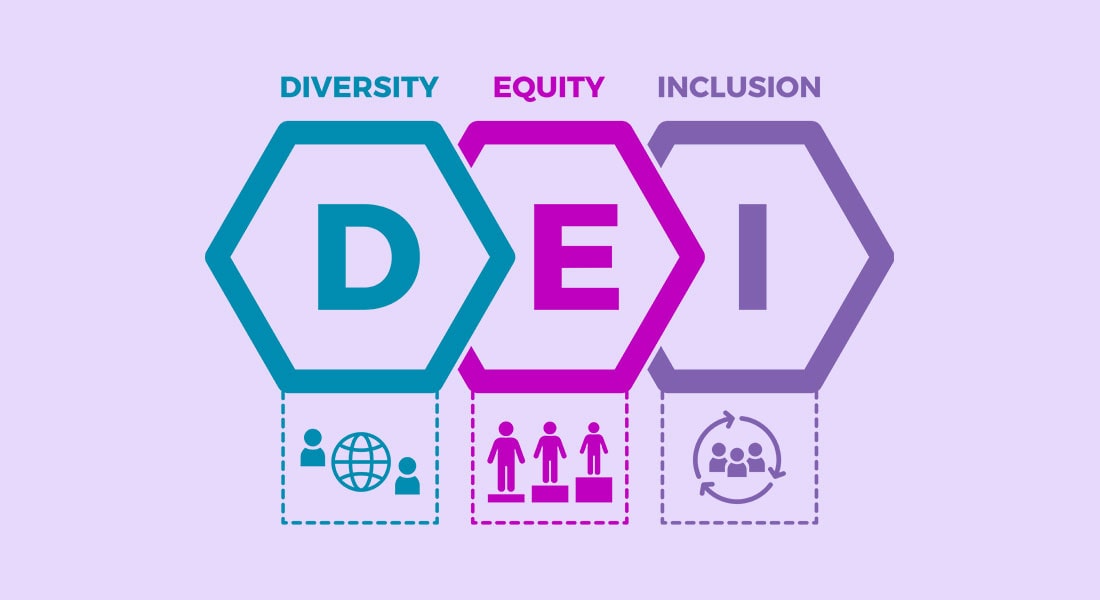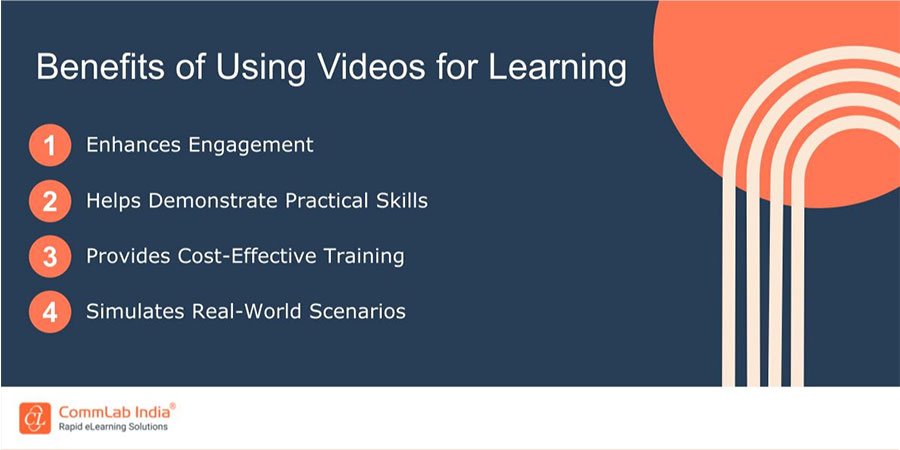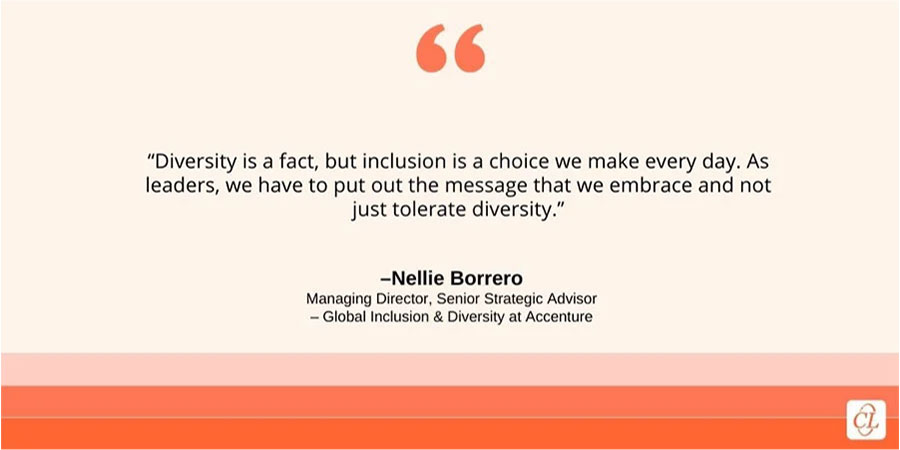Breaking Through the DEI Wall: 8 Tips to Craft Impactful Training Programs
Tired of DEI training that doesn't stick? Explore 8 tips to learn how to break through barriers and create programs that drive real change in your workplace.

Diversity, Equity, and Inclusion (DEI) are no longer just buzzwords. They represent a fundamental shift in workplace culture, fostering a more respectful, innovative, and productive environment for everyone. But achieving true DEI requires ongoing effort, and a crucial piece of that puzzle is effective training. Many organizations struggle to create training programs that resonate with employees and lead to lasting change. So, how do we break through this "DEI wall" and craft training programs that truly make a difference? Here are 8 tips to get you started.
Want to Craft Impactful DEI Training Programs?
Here are a few tips to do so -
- Start with why
- Know your audience
- Embrace diverse delivery methods
- Foster a culture of accountability
Why Organizations Struggle to Get Past this “DEI Wall”?
- Shallow Dives: Superficial lectures or one-off workshops rarely address the unconscious biases and ingrained habits that hinder DEI progress.
- Lack of Engagement: Passive learning experiences fail to spark genuine interest and commitment from participants.
- Non-Inclusive Design: Training programs that don't consider diverse learning styles and accessibility needs leave a significant portion of the workforce behind.
→ Download Infographic Now: Avatar-Based Learning
8 Tips to Craft Impactful DEI Training Programs
1. Start with Why: Define Your Goals and Objectives
Before diving into content creation, set clear goals for your DEI training. What specific behaviors or mindsets do you want to cultivate within your organization? Do you aim to:
- Increase awareness of unconscious bias?
- Foster a more inclusive communication style?
- Equip employees with tools for bystander intervention?
Articulating these goals will guide your program's structure, content, and delivery methods. Here’s a short video to understand how you can make your workplace DEI-ready.
2. Know Your Audience: Conduct a Needs Assessment
A one-size-fits-all approach won't work. Understanding your workforce's current level of DEI knowledge and comfort is crucial. Conduct surveys, hold focus groups, or engage in informal conversations to gauge employee needs and experiences. This will help tailor your program to address existing gaps and resonate with diverse learning styles.
3. Curate Content with Authenticity and Impact
Move beyond dry lectures and statistics. Incorporate real-life scenarios, case studies, and personal stories that employees can connect with.
- Incorporate Microaggressions: Explore the prevalence and impact of everyday microaggressions in the workplace, providing clear strategies for addressing them.
- Center BIPOC Voices: Feature perspectives from Black, Indigenous, and People of Color (BIPOC) employees through videos, interviews, or guest speakers.
- Showcase Success Stories: Highlight positive examples of DEI initiatives within your company or others to inspire participants and demonstrate the value of inclusion.
4. Make it Interactive: Go Beyond Passive Learning
Lectures have their place, but effective DEI training needs to be engaging. Incorporate activities, discussions, simulations, and role-playing exercises to encourage active participation.
- Break into Small Groups: Facilitate small group discussions where employees can share experiences and ask questions in a safe space.
- Incorporate Gamification Elements: Consider using online gamification platforms or incorporate various game elements that make learning fun and competitive.
- Case Studies and Problem-Solving: Present real-world scenarios related to DEI issues and encourage participants to brainstorm solutions collaboratively.
5. Embrace Diverse Delivery Methods: Accessibility is Key
Remember, not everyone learns the same way. Offer your training program in a variety of formats to cater to different learning styles and accessibility needs. This could include:
- eLearning Modules: Provide online custom eLearning modules with closed captions and transcripts for asynchronous learning.
- In-Person Workshops: Facilitate interactive workshops that allow for questions and discussions.
- Video Presentations: Offer pre-recorded video presentations for employees with busy schedules or those who prefer visual learning.

6. Integrate with Existing Systems: Make DEI an Ongoing Process
Don't treat DEI training as a one-time event. Integrate it into your organization's existing systems and performance management processes.
- Mentorship Programs: Connect participants with mentors who can provide ongoing support and guidance on their DEI journey.
- Employee Resource Groups (ERGs): Promote and leverage existing ERGs to foster peer-to-peer learning and support related to DEI issues.
- Regular Check-Ins: Schedule regular check-ins with employees to assess the impact of the training and identify areas for further improvement.
7. Measure Progress and Impact: Track the Change
Effective DEI training requires ongoing evaluation. Develop metrics to track the program's impact on your organization's culture and employee behavior. Potential metrics include:
- Employee Surveys: Conduct pre and post-training surveys to gauge changes in knowledge, attitudes, and comfort levels.
- Focus Groups: Hold focus group discussions after the training to gather qualitative feedback and insights.
- Diversity and Inclusion Data: Track diversity and inclusion data over time, such as representation in leadership positions and employee retention rates for diverse groups.
8. Foster a Culture of Accountability: It Takes a Village
Accountability and leadership buy-in are essential for long-term DEI success. Train managers and leaders separately on how to create psychologically safe workspaces for DEI conversations and how to address and respond to incidents of bias.

Additionally:
- Empower Employees: Encourage employees to speak up, report incidents, and hold each other accountable for respecting DEI principles.
- Lead by Example: Organizational leaders must model inclusive behaviors, participate in the training, and communicate their unwavering commitment to DEI.
- Recognize Effort and Growth: Celebrate progress and recognize employees who demonstrate a commitment to building a more inclusive workplace.
Wrapping Up!
By addressing DEI with intentionality, authenticity, and commitment, you can overcome those barriers and help every employee feel a true sense of belonging. Remember, it's an ongoing journey, not a destination! Avatar-based learning is a great way to address DEI considerations and here’s a comprehensive infographic to understand more about it.


![Avatar-Based Learning to Boost Learner Interaction [Infographic]](https://no-cache.hubspot.com/cta/default/59327/4fcb4110-e719-408a-821f-b9f264969ee9.png)


